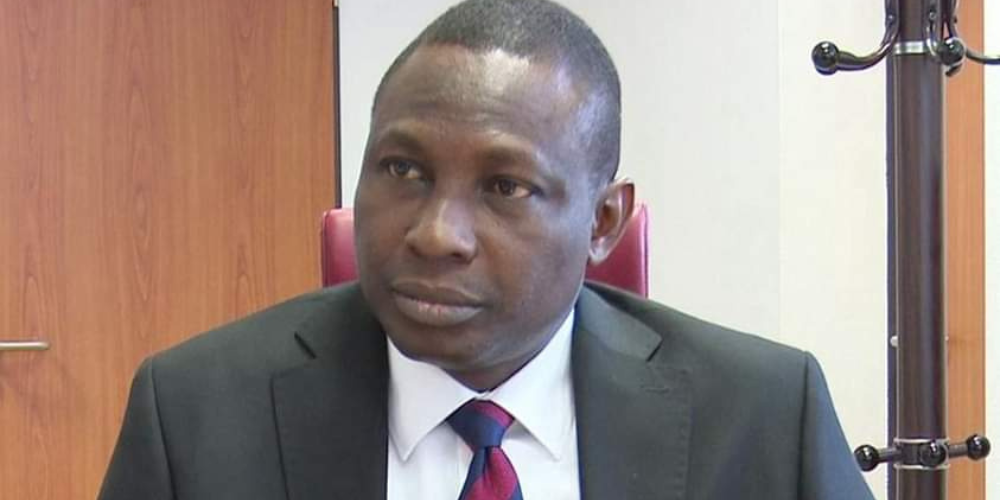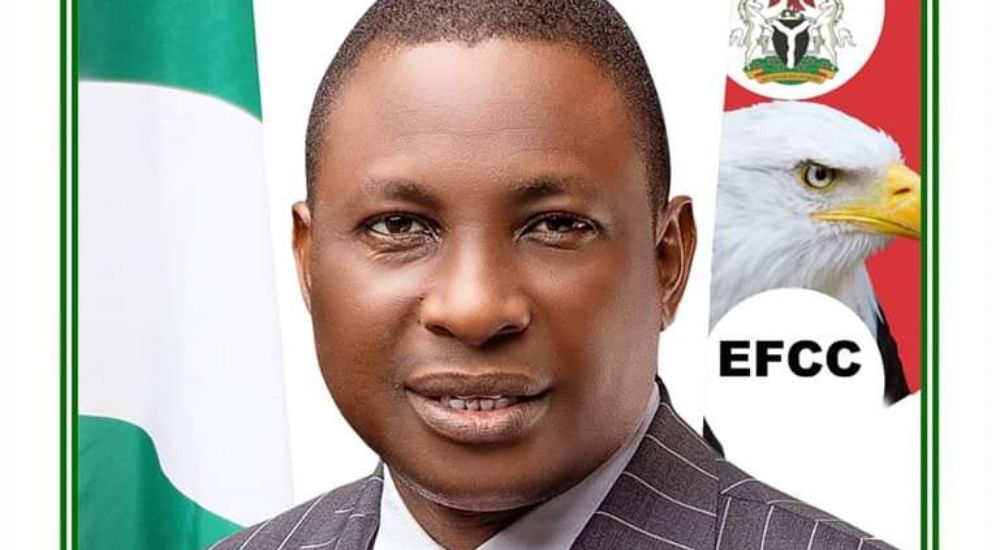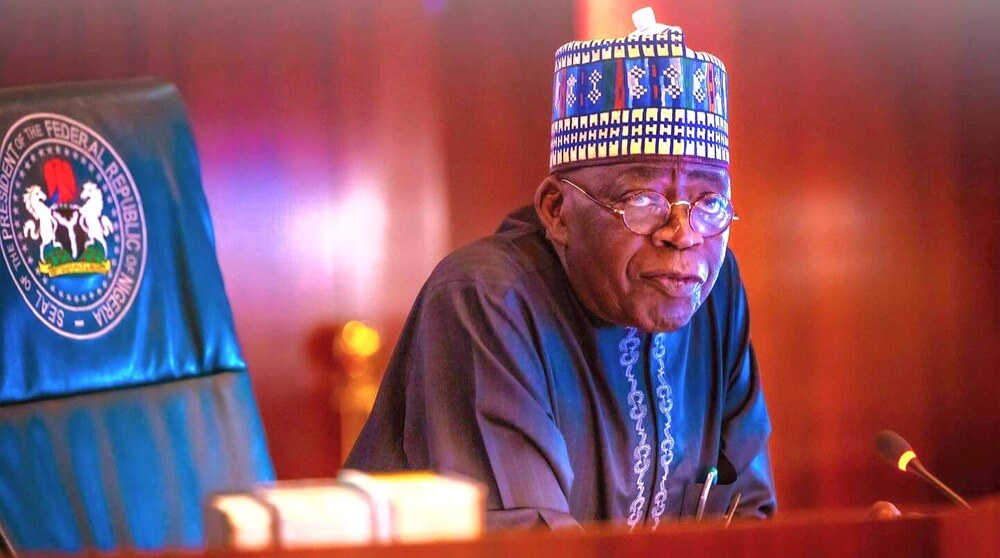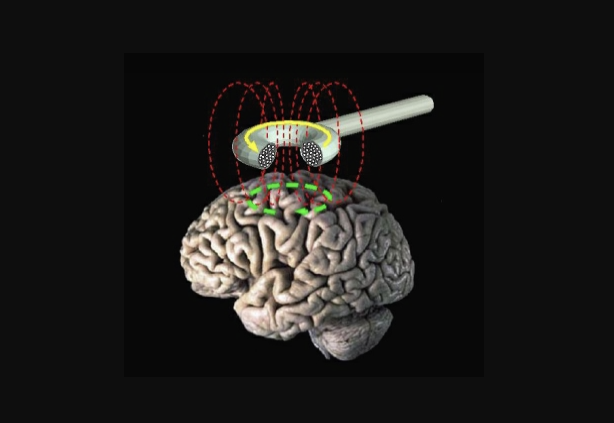It’s hard to know where to start with the story of Peter Ivers.
There’s the time in 1968 when blues legend Muddy Waters declared Ivers – who sat in and played with Waters while still a student at Harvard University – to be the greatest living harmonica player.
Or maybe you start in the mid-’70s, when Ivers, now living in Los Angeles, dipped into film music with works such as co-writing and singing “In Heaven (Lady in the Radiator Song)” for David Lynch’s “Eraserhead.”
Around that same time, he recorded several avant-garde pop albums, such as 1974’s “Terminal Love.” Ivers even opened for Fleetwood Mac at Universal Amphitheatre in 1976, but bombed. (Could it have been that he took the stage wearing only a diaper? Perhaps!)
Jump ahead to the early ’80s, and Ivers was the host of “New Wave Theatre,” the first show to put L.A. punk bands such as Fear, 45 Grave, Suburban Lawns, Angry Samoans, Grey Factor and Bad Religion on TV.
But all that crazy, beautiful, now mostly forgotten creativity ended up overshadowed by his death.
On March 3, 1983, Ivers was found bludgeoned to death in his apartment. Four decades later, the crime remains unsolved.
“I mean, all of us thought Peter Ivers was going to go to the top of the charts, and then everything flopped,” says filmmaker Penelope Spheeris, a friend of Ivers through the punk rock scene she chronicled in the 1981 documentary “The Decline of Western Civilization.”
Spheeris, whose films include “Wayne’s World” and “Suburbia,” is the host of “Peter and the Acid King,” a new podcast about Ivers’s life and death from iHeartPodcasts and Imagine Audio.
However, given all the mystery and menace that still swirls around the circumstances of his death, at first she wasn’t sure she wanted to get involved.
Spheeris signs on
TV producer Alan Sachs, the co-creator of “Welcome Back, Kotter,” was a close friend of Ivers. He’s also the creator of “Peter and the Acid King,” an outgrowth of his years of looking for the truth about Ivers’ death.
“I knew Alan Sachs from back in what I call the punk rock days,” Spheeris says. “So that would be right around ’79, ’80 through ’84. I knew him very well back then because we were at clubs together all the time.
“I hadn’t seen him for a long time, and I ran into him in a parking lot and he asked me I would do an interview about Peter, our mutual friend,” she says. “And I said, ‘Only if so-and-so is not alive anymore.”
Sachs told her that so-and-so, the person Spheeris had long thought might have killed Ivers, was dead. She did the interview, and that was that for a little while.
“A couple of years later – that’s how long Alan’s been working on this – I get a call,” Spheeris says. “And he said, ‘Can you maybe think about being the host for a podcast based on Peter’s life and that period of time?’
“I said, ‘I don’t know, I make movies, I’m not a podcast person,’” she says.
Eventually, and only after she was comfortable the podcast wouldn’t focus too much on the grim, grisly details of Ivers’s death, Spheeris was in.
“It was a concern, which has dissipated as I’ve gone through it and done narration,” she says. “I think the team over there at Imagine has done an amazing job at respecting Peter and the request I made about not getting into anything too graphic. I did have some apprehension about sensationalizing someone’s murder, you know.
“It’s a thin line; it’s like a tightrope here,” Spheeris says. “We’re trying to give respect to him and remember his legacy, and then not be too exploitive.”
An instant appeal
Spheeris isn’t quite sure when she first met Ivers. She thinks it was probably at the Zero Club, the notorious after-hours punk club at the time.
“He just sort of made you want to know him,” Spheeris says.
Before long, they were fellow travelers of the nightlife of Hollywood bars, punk circles, and house parties in Laurel Canyon.
“I bought a house in Laurel Canyon in 1974, which I still own, thank god,” Spheeris says. “So I know all the back roads here, and we used to have these lines of cars following each other, going to parties. So I would go to parties with him, and we’d see each other and got to know each other pretty well by hanging out.”
Ivers, who was born in 1946, was a decade or so older than most of the kids in the punk scene spun out of the Masque in Hollywood into clubs from the San Fernando Valley to Chinatown and the South Bay.
“He was so charismatic. It didn’t matter if he was really a punk or not,” she says. “He emitted this vibe like he was a star already. But he wasn’t. I think that’s what kind of drew everybody to him.
“Plus, you know, if you’re really a punk you’re not going to be judgmental about somebody. You’re just gonna let them be who they are.”
Trainwreck TV
“New Wave Theatre” was created by David Jove, a British expat in L.A. with musical aspirations, and Ed Ochs, a former Billboard editor. The show, which aired weekly on a little-viewed UHF channel, was only reluctantly embraced by punk bands such as the Dead Kennedys, the Plugz, and Ivy and the Eaters.
Part of that was the name – few self-respecting punks wanted to be called New Wave – and part of that was Ivers, who as host, wearing a sparkly pink jacket and rambling in a rapid-fire stream-of-consciousness patter about life, art and music made them cringe.
“It was actually brutal to watch,” Spheeris says. “Because it was so bad – in my opinion. I’m sorry. I don’t want that to be a negative reflection on Peter, but it was really bad.
“I mean, the original, real deal punk groups had great objections to the show because it seemed like they were trying to out-weird the real punk scene,” she says. “And I think that’s what they were doing, and that’s why it was a bit offensive.”
Still, people watched it enough that the fledgling USA Network eventually picked it up as part of its “Night Flight” late-night arts and variety show. And the bands kept going on to perform.
“It was a train wreck, that’s a good way to put it,” Spheeris says. “The fact is there were no outlets for the music back then, visual outlets. The reason the DIY concept came about was because punk bands couldn’t get record deals. And punk bands certainly could not get TV broadcast time. There was no place to be seen other than that show.”
So who done it?
“New Wave Theatre” ended with Ivers’ death. For Spheeris, the L.A. party scene ended for her that day too.
“I remember the fear of thinking that there was somebody that we all knew that probably did it,” she says. “I remember being afraid. And even though there were other serial killers and all that around that time, to have someone so close get murdered was really shocking.
“It did change things,” Spheeris says. “It was a big wake-up call. Let me tell you, we were partying back then. I mean, I can’t believe I lived through it. Every single night and a lot of times every weekend during the day and night.
“But when he got killed, it was like a screeching halt. I didn’t want to go out. I was convinced that whoever killed him was in the room.”
Spheeris, who knows how “Peter and the Acid King” ends, says she did not expect the story to go where it did. She had her own suspicions about who murdered her friend.
“Here’s what has really surprised me,” she says. “Back in the day, after Peter died, if was going into a room and that person was there, in a party situation, I would turn around and leave. I remember going back to my house and my heart was beating so fast because I even laid eyes on that guy.”
“But now that people have done all this research, I have to say I’m not convinced anymore that who I thought did it did,” Spheeris says. “So it’s a little unnerving. I’ve learned that person could still be alive and still be dangerous.”
Even with that undercurrent of dread in the story the podcast tells, Spheeris says she’s glad that her friend is getting recognized for what he created during his life, even if it was just a bit too far outside the mainstream for his rock star dreams to have succeeded.
“It had a certain performance art aspect to it, ‘New Wave Theatre,’ and all of his work, really,” she says. “And that’s the thing about good art, you know. It breaks the rules. And good rock and roll, it breaks the rules.
“And Peter was always breaking the rules.”








